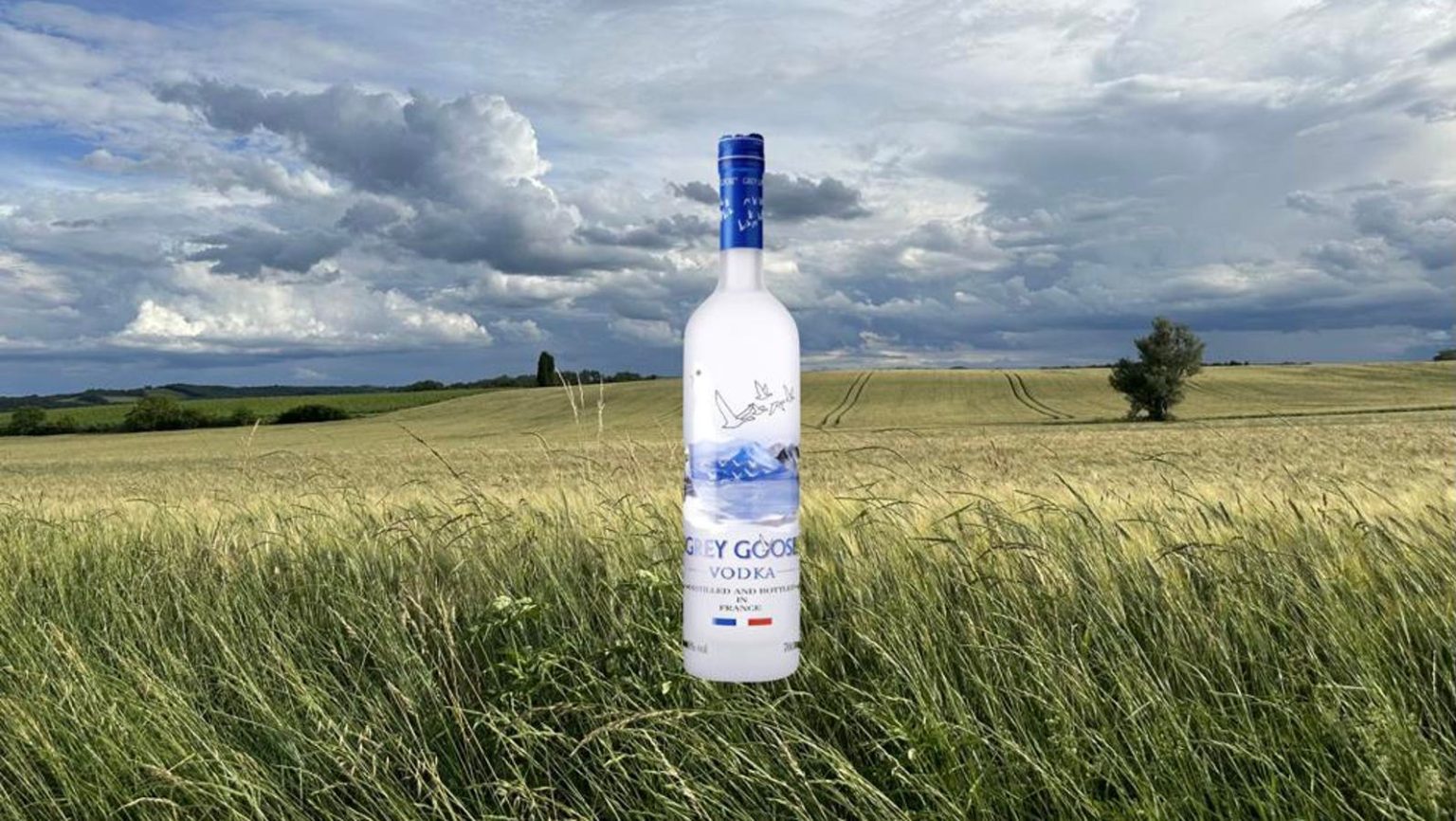According to DISCUS, sales of super premium vodka account for over $1.1 billion in annual revenue. But 25 years ago, nobody was paying $30 for a bottle of clear, odorless spirit. The liquid was coveted for its value, not its quality. So, when Grey Goose launched in 1997, it was nothing short of revolutionary. Cellar master Francois Thibault was plucked from the world of cognac, by booze impresario Sidney Frank, and tasked with creating a vodka that was well-textured and expressive of its ingredients. The rest is history.
Today, bottles of super premium vodka crowd backbars and bottle shops. And Grey Goose continues to exert its dominance in the space. It not just one of the first examples to exist; it remains one of the best.
The most recent validation of this come’s by way of Taster’s Club—an online subscription service, curating boxers for spirits enthusiasts. Earlier this year, the company ranked its vodkas out of 100s of selections available on the site. Grey Goose came out on top.
Most impressive for the brand is that little has changed since it first hit the market. Thibault still relies on the same recipe of winter wheat, sourced from Picardy, France, and spring water from Gensac-La-Pallue. This exacting recipe is run through a five-column distillation process and results in a soft and round liquid, which carries subtle clues of orchard fruit and anise. It’s clean and indelibly capable of standing firmly at the center of a vodka martini.
And speaking of vodka martinis, Grey Goose recently launched a line of ready-to-drink offerings in the bottle. How can the brand deliver quality and consistency in this format? And just why, exactly, is this specific spirit so well-suited to this particular preparation? We sat down with the Thibault to find out.
Vodka can be distilled from absolutely anything. How did you land on French wheat for Grey Goose?
Francois Thibault: “When Sidney [Frank] came to me and asked me to create a vodka, he asked me to do extensive research on the category. And what I learned is that the first ingredient used to make vodka in Eastern European counties was wheat. It wasn’t potatoes. The next thought I had was that there’s no way we’re going to fetch those ingredients from outside of France, because we have this incredible bread basket right here in our own country. I found farmers in Picardy that had been doing it for generations. But they weren’t growing it for vodka. They were growing it for bread and pastries.”
So the same ingredient responsible for world class baked goods—croissants and baguettes—can result in a better vodka?
FT: “Exactly.”
Why enter the RTD sector?
FT: “We looked at the market in the United States and we noticed that when a consumer goes out they want a complex drink with a lot of work, but when they come home they would rather enjoy something of great quality—but simple. The idea was to create a simple way to consume a martini, but at the same time giving the liberty to the consumer to twist it the way that they like, by shaking, or stirring, or adding the garnish that they prefer. When it comes out of the bottle it is at 35% ABV, so it needs a bit of dilution. I recommend stirring it over ice. But you can also just stick it in the freezer and pull it out and pour directly into the glass.”
How did you land on the exact proportions for the drink?
FT: “We did intense consumer market research, because ultimately they are as many martinis as they are people. Maybe for you it’s dry. For us French it’s not very dry. About 20% of the bottle is vermouth.”
When it comes to vermouth, that’s a product that can degrade with time on the shelf. How are you ensuring shelf stability?
FT: “Vermouth by itself, it does change with time. It changes color, for instance, doesn’t necessarily affect the quality of it. It’s part of the life of the Vermouth. But when you have it in the bottle with the vodka, the Grey Goose preserves it.”
And what makes Grey Goose in particular, so well suited to the martini format?
FT: “It’s like when you’re cooking in the kitchen. You need a symbiosis between the ingredients. And that’s one of the great abilities of Grey Goose is to make the vermouth and the garnish shine. There’s an alchemy of flavors. When you have good ingredients together, 1+1 can equal three.”
Read the full article here





